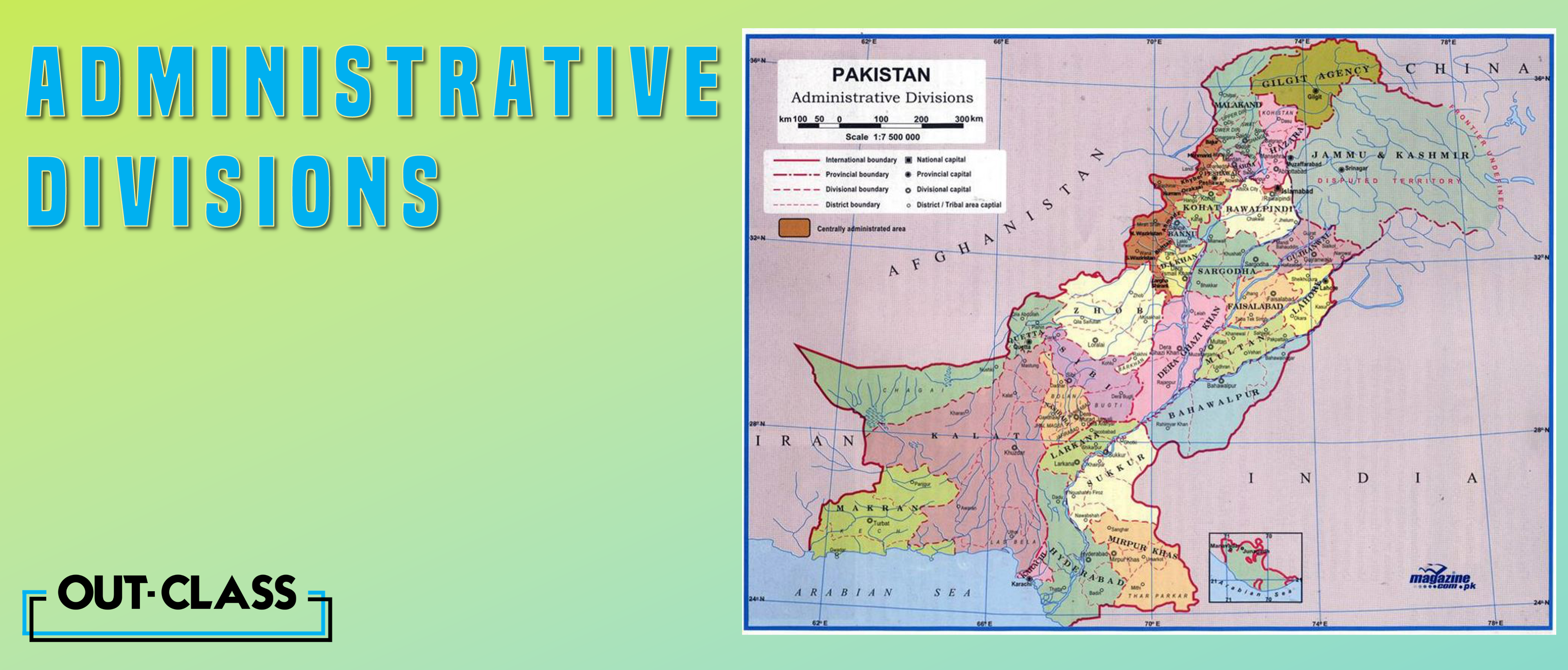Exploring the Administrative Areas of Pakistan
Under the crescent flag's diverse topography, the administrative areas of Pakistan play a pivotal role in shaping the country's governance structure. Understanding the administrative areas and their issues is crucial for grasping the intricacies of Pakistan's political landscape.
A Glimpse Into the Administrative Areas of Pakistan
Pakistan is divided into administrative regions known as provinces, each governed by its own set of rules and regulations. These administrative areas are crucial for the effective functioning of the government and contribute to the nation's socio-economic development.
What are the Administrative Regions of Pakistan?
The four main administrative regions of Pakistan are:
Punjab
Boasting a rich cultural heritage and historical significance, Punjab stands as a cornerstone of Pakistan's administrative framework.
Sindh
Known for its unique cultural identity and diverse topography, Sindh plays a vital role in the nation's socio-economic tapestry.
Khyber Pakhtunkhwa
Nestled in the northwest, KP adds geographical diversity and historical importance to Pakistan's administrative mosaic.
Balochistan
The largest province, Balochistan's vast expanse contributes to the nation's diversity, offering unique challenges and opportunities.
These provinces are the cornerstone of the country's administrative framework, each with unique cultural, topography and historical significance.
Administrative Divisions
How Many Administrative Divisions in Pakistan?
The administrative divisions of Pakistan comprise four provinces (Punjab, Sindh, Khyber Pakhtunkhwa, and Balochistan), one federal territory (Islamabad Capital Territory), and two disputed territories (Azad Jammu and Kashmir and Gilgit–Baltistan).
These provinces are subdivided into 39 administrative divisions, further funnelling into districts within tiers of governance. Understanding the hierarchy of administrative divisions is essential for comprehending the nation's governance structure.
Addressing Administrative Issues in Pakistan
While the administrative areas of Pakistan foster regional diversity, they also present challenges that demand careful consideration. Administrative issues in Pakistan range from resource allocation to political representation on a bedrock of historical rifts, requiring strategic solutions for harmonious coexistence.
In conclusion, the administrative areas of Pakistan form the bedrock of its governance system. By unravelling the layers of administrative regions, we gain insight into the nation's rich tapestry and its challenges. As we explore "What are the administrative areas of Pakistan", we uncover the geographical divisions and the dynamic forces that shape this vibrant South Asian nation.
Most Common Repeated Questions:
Unlock the secrets to acing your CAIE IGCSE/O Level exams with a sneak peek into the most frequently asked questions that have graced the past papers!
- Physical and social factors contribute to variations in population density. Assess the importance of these factors in causing differences in population density between provinces / administrative areas in Pakistan. Give reasons to support your judgement and refer to examples you have studied. You should consider different points of view in your answer. (6) [May/June 2023]
FAQs:
Q. How many provinces does Pakistan have?
Pakistan comprises four provinces: Punjab, Sindh, Khyber Pakhtunkhwa, and Balochistan.
Q. What are the administrative divisions in Pakistan?
Pakistan has 39 administrative divisions, including the federal territory of Islamabad Capital Territory and two disputed territories - Azad Jammu and Kashmir and Gilgit–Baltistan.
Q. Why is understanding the hierarchy of administrative divisions important?
Understanding the hierarchy is essential for comprehending Pakistan's governance structure and how decisions are made at different levels.
Q. What challenges do the administrative areas of Pakistan face?
Challenges range from resource allocation to political representation, rooted in historical complexities that require strategic solutions.
Q. How can Pakistan address administrative issues for harmonious coexistence?
Addressing administrative issues requires a careful and considered approach, focusing on equitable resource allocation, political representation, and historical reconciliation.



